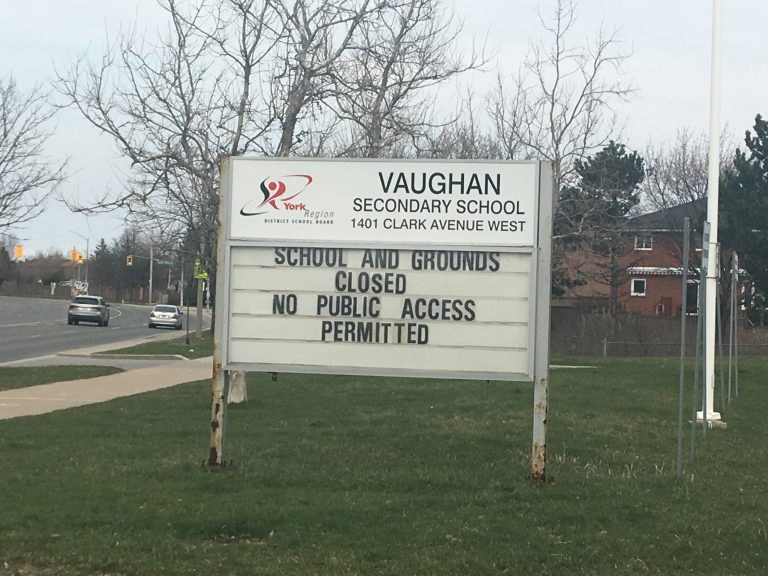Published on August 20, 2020

As schools across the country are starting to resume instruction, which schools – and which students – remain online, while others push for in-person learning? The divide between parents and families who have the time, money, and resources to support a remote learning environment for their children and those who don’t is largely split along racial lines. In the midst of the novel coronavirus, these are not novel inequities. Structural racism pervades American society, and has only been exacerbated during the pandemic. Inequities in the US education system have been brought to the forefront during this time of online learning and deep racial reckoning.
According to a study by the Center on Reinventing Public Education at UW Bothell, 4% of rural school districts and 21% of suburban districts have announced fully remote plans for the fall, compared to 55% of urban districts. While the move to keep both students and teachers at home for at least part of the week is meant to keep people healthy, schools are relying heavily on technology that not every student has access to. The line between public health and equitable access and resources is very thin. Since schools first began to shift online in March, low-income and BIPOC students in urban areas have struggled the most. Parents who are both low-income and Black or Latinx are more likely to hold jobs that do not allow them to telecommute, meaning that even if their children have Internet access, they are less able to provide support during the day (Education Week [web]).

Latinx, AI/AN, and Black students are consistently more likely to face remote learning challenges.
While mandating that children don’t return for in-person instruction will hopefully help curb the spread of COVID-19, for low-income students of color, remote learning has exacerbated several risk factors over the past few months. These do not reflect a lack of effort on the part of families, but rather a magnification of structural inequities in school quality and home environments embedded in our society. Children living in poverty, in crowded conditions, or with parents or guardians who have not completed high school or do not speak fluent English are more likely to lack access to educational and other supportive resources at home. Students of color are also more likely to experience more than one of these risk factors simultaneously (Urban Institute [web]). Conversely, in districts where schools are open for students who want to come in but remote learning is still available and encouraged, low-income people of color will most likely resort to sending their children to school if they aren’t able to work from home or provide support during the day, putting them at higher risk of contracting COVID-19 (The Washington Post [web]). The impacts of racism have become more visible during the pandemic, but the systemic inequities that have existed in our society for decades have long since made it much more difficult for BIPOC children to succeed in school.
In Washington state, half of all K-12 public school students are people of color, while only 11% of teachers are. Research unequivocally demonstrates that students thrive when they see themselves in and can relate to their teachers. School climate makes a big difference in academic success for BIPOC students (The Seattle Times [web]). Yet across the US, researchers have found that the single most powerful predictor of racial inequities in educational achievement is the extent to which students attend schools where most of their classmates are low-income. These schools are charged with educating children who need more supports and services, yet generally have fewer resources, less skilled teachers, and less challenging curricula than schools with wealthier students (National Equity Atlas [web]). Because neighborhoods remain highly segregated by race due to redlining and urban displacement, BIPOC students are far more likely than white students to attend such high-poverty schools. In 2017, 40% of all Black children in the public school system attended a high-poverty school, compared to only 8% of white children.

Access to the necessary technology to attend online classes and complete assignments varies across income levels.
The confluence of the COVID-19 pandemic and nationwide protests for racial justice have shined a light on the deeply entrenched racial inequities in the US education system. BIPOC students and families bear the brunt of academic distress due to online learning, and are also disproportionately impacted by COVID-19 due to the deeply entrenched structural racism throughout American society, including in our built environments. These are not new issues, but the urgency with which they are being addressed is, and racial justice advocates and policymakers across the country have the power and the voice to start digging out the root causes of educational and other systemic inequities.
Originally written by Rebecca Fogel, Urban@UW Communications Assistant.